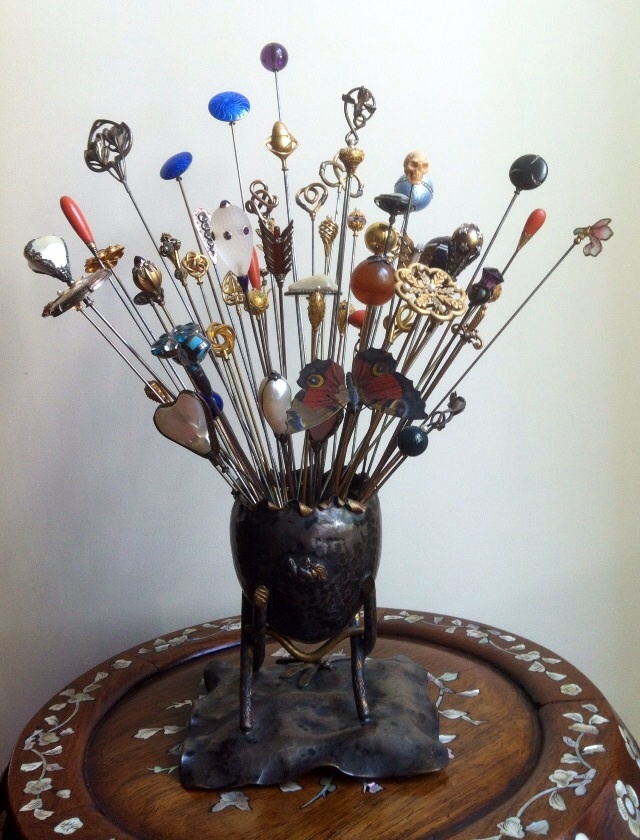
In 2016 she co-produced the Digital Access to Collections strategy, framework and toolkit for the GLAM Peak national body of cultural institutions and researched and produced the Wollongong Heritage and Stories website, prior to joining Sydney Living Museums. With a degree in visual arts, a Master of Art Administration and a Master of Teaching Rebecca has spent 25 years working in museums.She has been a committee member of Museums Australia NSW, and a Museum Advisor and Standards Reviewer for Museums and Galleries NSW.She has previously held Assistant Curator and Collections Officer roles with Sydney Living Museums, and worked to facilitate loans for the Curatorial and Exhibitions team. Growing up in country NSW, many of Rebecca’s childhood hours were spent exploring nearby gullies, long-used by neighbouring farming families as a tip, unearthing rusty prams, wrought iron beds, broken ceramic water filters - and many a bottle.Holidays were spent in recreated villages such as Sovereign Hill and Swan Hill and visiting Vaucluse House.All of this instilled in Rebecca a fascination with social history, material culture and built heritage and a desire for story telling and making connections with our diverse past.

Large hats required a larger hatpin, while smaller styles like the cloche hat, which sat close to the head, required a smaller hatpin. Large hats with a wide brim, such as the one worn by Kathleen Rouse in the photograph below, were most at risk of flying off on a windy day, making hatpins an important tool and fashion accessory. Wide-brimmed, voluminous hats were seen on all the most fashionable heads, adorned with swathes of fabric, ribbons, and decorations like flowers and feathers. It was during the Edwardian era that the trend for very large hats was at its height. The hatpins can be dated to the 19th and early 20th centuries, and reflect the women’s style and taste. Several generations of Rouse and Terry women lived in the house, and the intact collection includes their clothing along with shoes, hats and other accessories. By far the largest number – 57 hatpins – are held in the Rouse Hill Estate collection.

There are 68 hatpins held at MHNSW properties, including some that were found under the floorboards at the Hyde Park Barracks. Rarely seen or used today, hatpins were once an essential item for the fashionable lady.


 0 kommentar(er)
0 kommentar(er)
